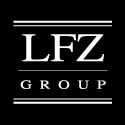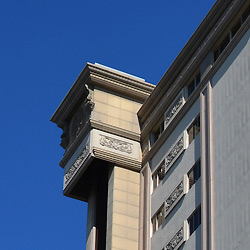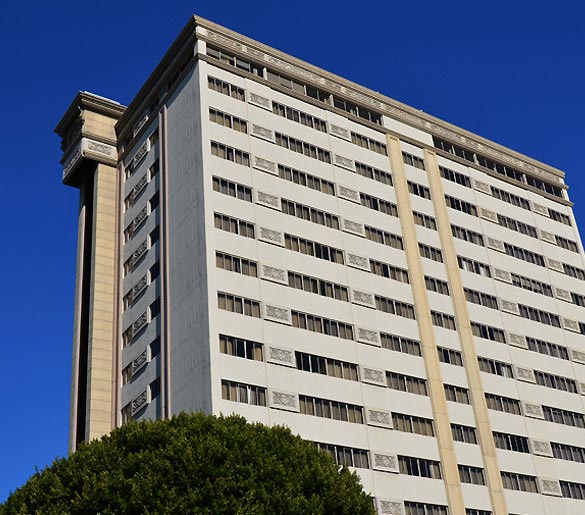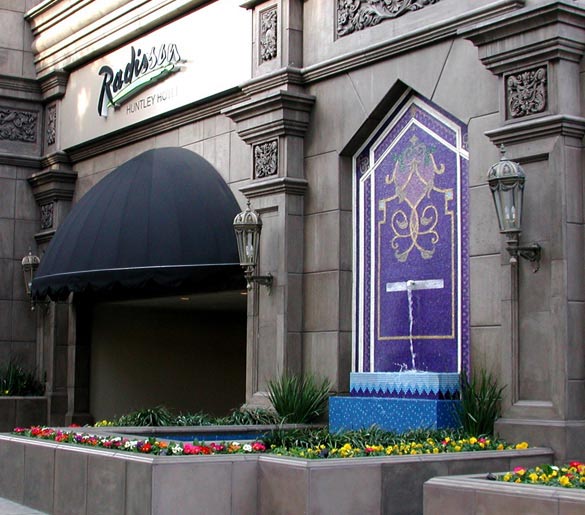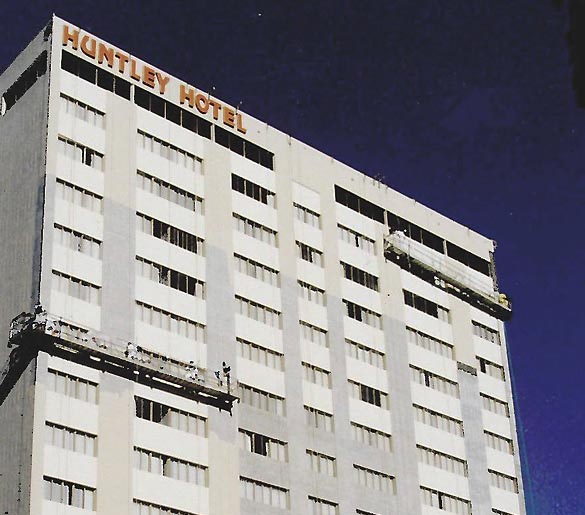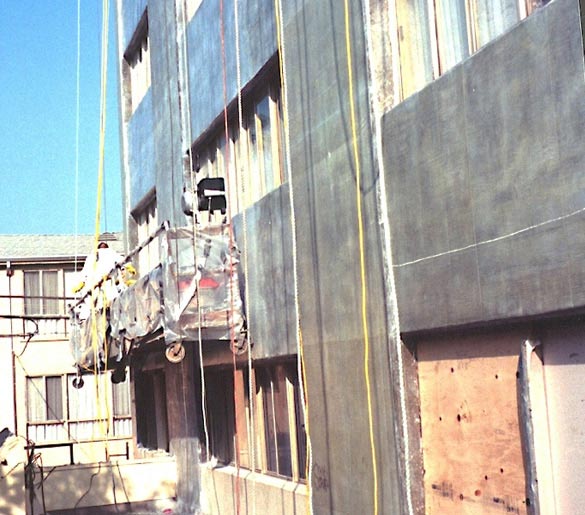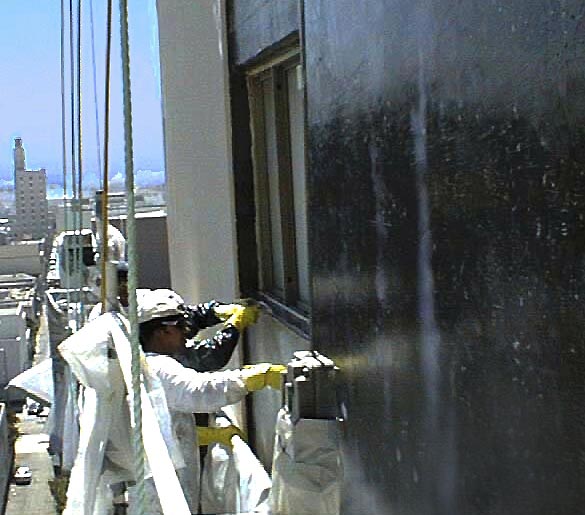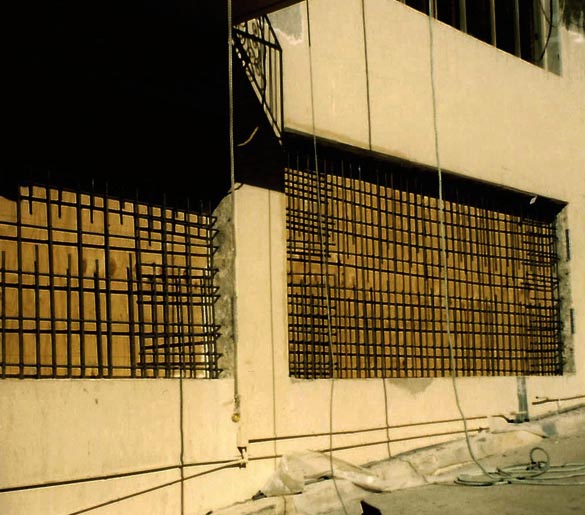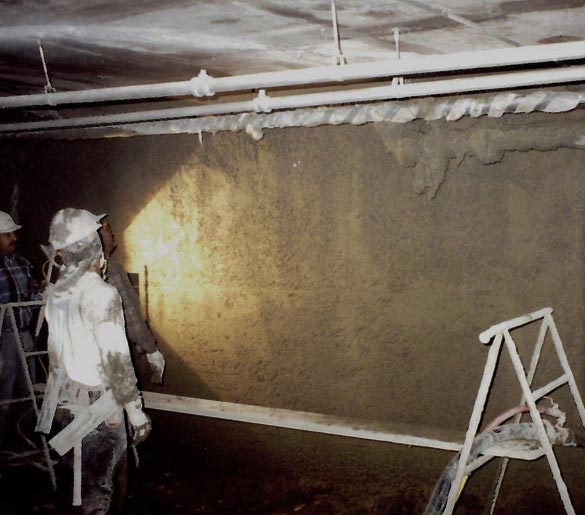- HOME
- ABOUT
- PROJECTS
- HIGH RISE OFFICE
- LOW & MID-RISE OFFICE
- MULTI-FAIMLY RESIDENTIAL
- LIGHT INDUSTRIAL
& WAREHOUSE - RETAIL
- PRE-NORTHRIDGE STEEL MOMENT FRAME SEISMIC RETROFITS
- MANDATORY WOOD FRAMED CONSTRUCTION SOFT STORY SEISMIC RETROFITS
- NON-DUCTILE REINFORCED CONCRETE BUILDINGS & SEISMIC RETROFITS
- HISTORICAL BUILDINGS
- HEAVY INDUSTRIAL
- SPECIAL STRUCTURES
- PORTFOLIO SEISMIC RISK
- CASE STUDIES
- SERVICES
- CONTACT
